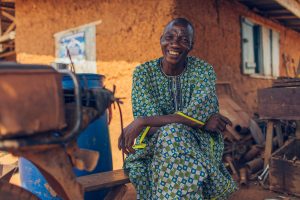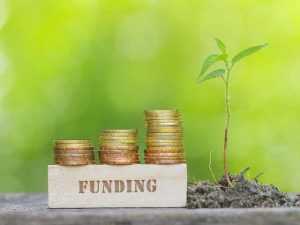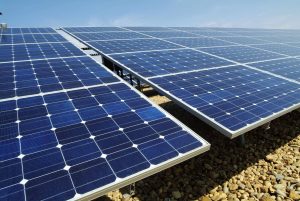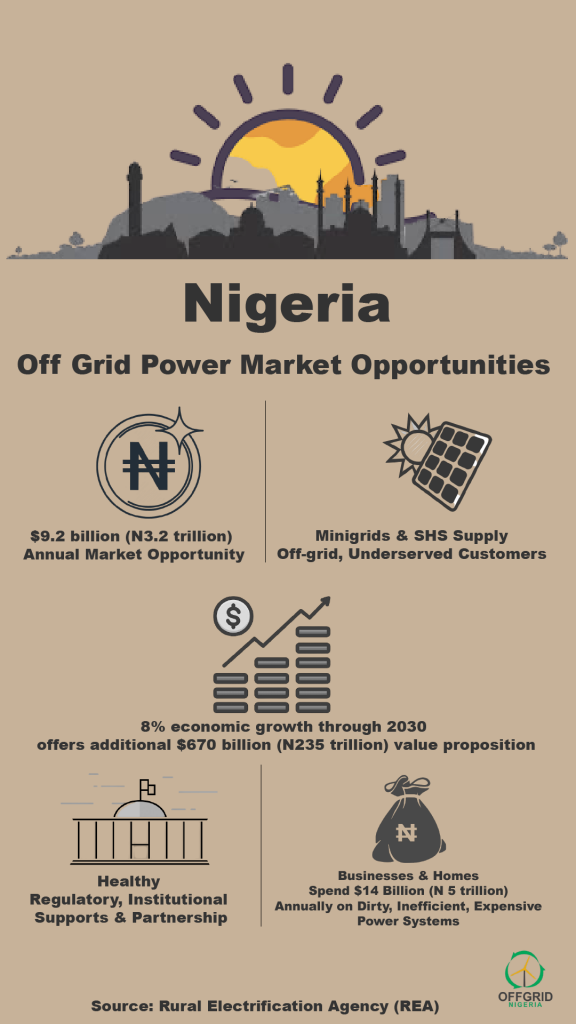With support from the Nigerian Energy Support Programme (NESP) and Renewable Energy and Energy Efficiency Programme (REEEP), new homes and offices built by members of Nigeria’s architects union will now include specifications to conserve energy using either renewable solutions or energy efficiency appliances.
OGN gathered in Abuja that a partnership deal to increase the skills of architects to design and build with energy efficiency models has been agreed between the Nigerian Institute of Architects (NIA) and managers of NESP and REEEP.
As learnt, a two-week training for architects on this model started on September 26 and will last until October 8, 2016 at the Katampe Extension headquarters of the NIA.
NESP is a €24.5 million technical assistance programme of the European Union (EU) and German government, launched to promote investment in renewable energy, energy efficiency and rural electrification in Nigeria, while REEEP is funded by the United States Agency for International Development (USAID).
The partnership will see members of NIA get trained by NESP and REEEP on ‘energy efficient building design’. Through this, homes and offices built by these architects could come with renewable energy and energy efficiency solutions.
The partnership is also in line with Nigeria’s adoption of a Building Energy Efficiency Guideline (BEEG) which NESP helped to formulate.
EU said Nigeria had the opportunity to ensure that her new buildings included such models, adding that she could achieve up to 40 and 75 per cent passive and active energy savings on this.
“Integrating energy efficient design features in buildings from conception, controls a building’s energy consumption and also contributes to achieving a more sustainable energy structure for Nigeria. It is important for new building projects to be more energy efficient,” said Felix Nitz, head of capacity development at NESP.





